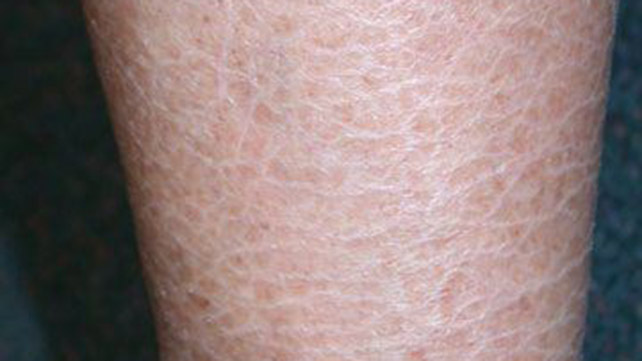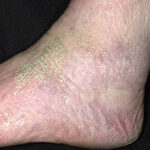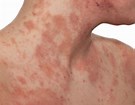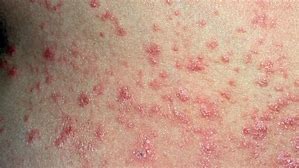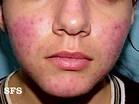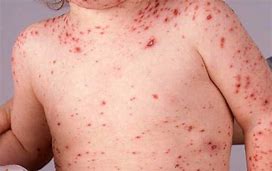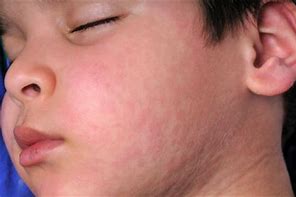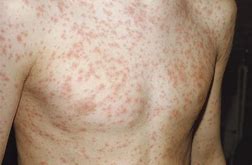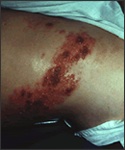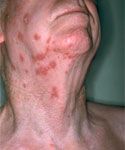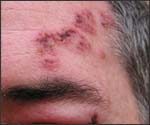During the warm summer months, you can receive a severe sunburn while lounging by the pool or at the beach. You will most likely receive sunburn on the face, neck, stomach, back, and legs, which will be painful to the touch. Also, your skin will feel extremely warm. Consequently, this means you have overexposed your skin to the sun’s harmful UV rays.
Personal Note: For temporary relief, one should apply aloe vera to the sunburn and it will slowly relieve the redness and pain.
Sunburn Defined?
Doctors define sunburn as inflammation or blistering of the skin that results from overexposure to ultraviolet radiation, especially from sunlight. If you are still young, consistent overexposure to the sun’s rays can cause premature aging of your skin. Causing the skin to wrinkle like a raisin. It can also lead to skin cancer later in life. Don’t ever take skin cancer lightly. It can metastasize and appear elsewhere in your body. IT CAN EVEN KILL!
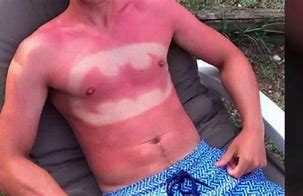
What Are the Signs and Symptoms of Sunburn?
Most importantly, sunburns can be classified into superficial, or partial-thickness burns. The severity of sunburn pain also varies in proportion to both the duration and intensity of exposure.
Signs and Symptoms of Sunburn Can Include:
- Redness (erythema).
- Varying degree of pain.
- Blistering.
- Swelling (edema).
- Pruritus (itching).
- Peeling skin.
- Rash.
- Nausea.
- Fever.
- Chills.
- Fainting.
Fortunately, you can be lucky to only experience redness and some mild pain associated with your sunburn.
What Are the Causes of Sunburn?
Most Sunburns Can Be Attributed To Factors From The Following Five Aspects:
- Biological
- Direct DNA damage is caused by UV radiation, from either the sun or artificial sources like tanning lamps, welding arcs, or ultraviolet germicidal irradiation.
- Indirect DNA damage.
- Skin type determines the ease of sunburn.
- Age.
- Genetic conditions, e.g., xeroderma pigmentosum.
- Medications – Pharmaceutical products, including:
- Certain antibiotics.
- Oral contraceptives.
- Tranquilizers.
- UV Intensity – According to Wikipedia, the UV index indicates the risk of getting a sunburn at a given time and location. Contributing factors include:
- The time of day.
- Cloud cover.
- Proximity to reflective surfaces, such as water, sand, concrete, snow, and ice.
- The season of the year.
- Altitude.
- Proximity to the equator (latitude).
- Ozone Depletion – Ozone depletion is simply the wearing out (reduction) of the amount of ozone in the stratosphere. Unlike pollution, which has many types and causes, ozone depletion has been pinned down to one major human activity. Industries that manufacture things like insulating foams, solvents, soaps, and cooling things like Air Conditioners, Refrigerators, and takeaway containers use something called chlorofluorocarbons (CFCs). These substances are heavier than air, but over time, (2-5 years) they are carried high into the stratosphere by wind action.
- Tanning – Tanning beds are one of the worst ways to expose your skin to ultraviolet light. Therefore, I recommend staying away from the use of tanning beds.
How To Diagnose Sunburns?
Diagnosis of Sunburn Includes:
- Phototoxic reactions.
- Photoallergic reactions.
- Phytophotodermatitis.
- Polymorphic light eruption.
- Solar urticaria.
- Other skin diseases are exacerbated by sunlight.
To Get An Exact Diagnosis, Doctors Should Take Into Consideration The Following Factors:
- Duration and intensity of UV exposure.
- Use of topical or systemic medications.
- History of dermatologic disease.
- Nutritional status.
Personal Note: To avoid sunburn, use sunscreen of at least SPF 30. Apply every two hours when out in the sun!
To Purchase Some Great Skincare Products, Click On The Direct Link Here > https://www.anrdoezrs.net/click-8268793-13914692
What Are the Treatment Options ForSunburn?
Treatment for Sunburn Is Focused on Relieving Reddened Inflamed Skin and Easing Pain.
This Includes:
- Taking cool baths or showers frequently.
- Use soothing moisturizers that contain aloe or soy; (Aloe Vera especially).
- Anti-inflammatory medications such as ibuprofen and aspirin.
- Stay hydrated and drink extra water.
- Do not pop blisters on a sunburn.
- Protect sunburned skin with light, loose clothing.
Severe Cases of Sunburn – Sun Poisoning
Sun poisoning doesn’t mean you’ve been poisoned. It is often the term used for a severe case of sunburn. In short, this is usually a burn from ultraviolet (UV) radiation that inflames your skin.
Symptoms of Sun Poisoning
Note: Within just 15 minutes of being in the sun, you can be sunburned. But you might not know it right away. The redness and discomfort might not show up for a few hours.
You can become severely sunburned if you stay in the sun for a long time and don’t wear protection. Also, you are more likely to have sunburn if you have light skin and fair hair.
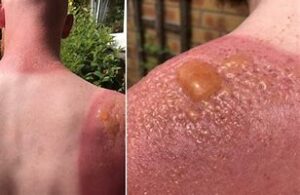
Sun Poisoning Can Cause Symptoms Such as The Following:
- Skin redness and blistering
- Pain and tingling
- Swelling
- Headache
- Fever and chills
- Nausea
- Dizziness
- Dehydration
Treating Sun Poisoning
For Severe Sunburn, These Simple Remedies Usually Do the Trick:
- Get out of the sun.
- Take a cool (not cold) shower or bath, or apply cool compresses.
- Drink extra fluids for a few days.
- Take ibuprofen or acetaminophen to relieve pain.
- Use aloe gel or moisturizer.
- Completely cover sunburned areas when going outside.
Seek Immediate Medical Care for These Symptoms:
- A sunburn that forms blisters, covers a large area or is very painful
- Facial swelling
- Fever and chills
- Upset stomach
- Headache, confusion, or faintness
- Signs of dehydration
Preventing Sun Poisoning
Follow the Basics of Sun Safety:
- Wear sunscreen that has an SPF of at least 30 and says “broad-spectrum” on the label, which means that it protects against the sun’s UVA and UVB rays. Put it all over for about 15 to 30 minutes before going out in the sun. Reapply at least every 2 hours, after you’ve been sweating or in the water.
- Limit your sun exposure between 10 a.m. and 2 p.m., and remember that water, snow, and sand can intensify the sun’s damaging rays.
- Wear sunglasses, a hat, and protective clothing.

Ouch!
Severe Sunburn Complications
When someone suffers from sunburn, they are not only at risk for red, tender, blistered skin. The rash of sunburn can be accompanied by fever, chills, nausea, vomiting, and dehydration as a result of the body’s inflammatory response to this toxic insult.
When it comes to the complications associated with sunburn, all it takes is one. Just one blistering sunburn doubles one’s lifetime risk of potentially fatal skin cancer called melanoma. Although that is an extreme consequence of too much sun, other consequences occur frequently, such as the development of non-melanoma skin cancers.
Finally, check on your medications. Ask your doctor if anything you take might make your skin more sensitive to sunlight. Acne medications, antibiotics, antidepressants, diuretics, heart drugs, and birth control pills make the skin more sensitive. In addition, some antibacterial medications and fragrances can cause sensitivity to sunlight.


